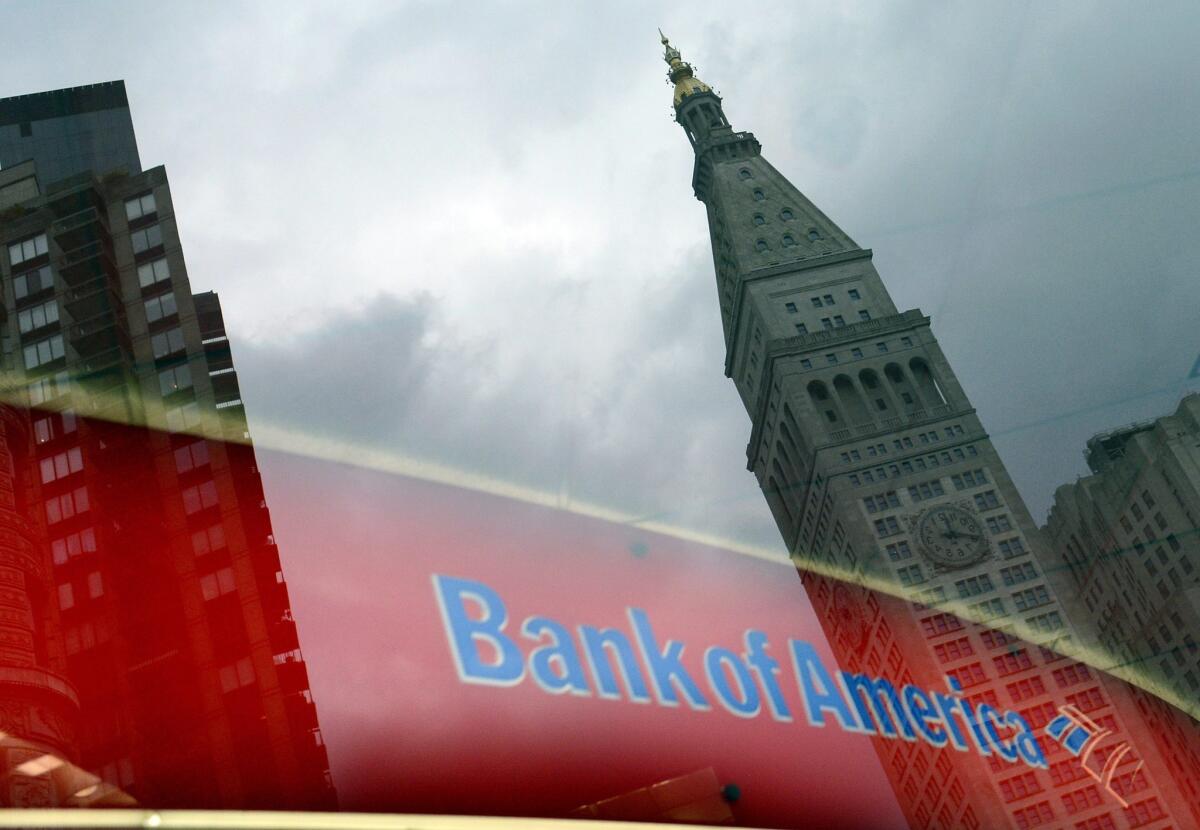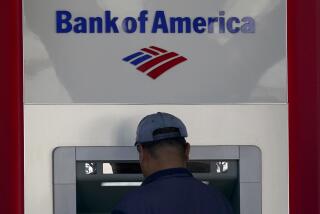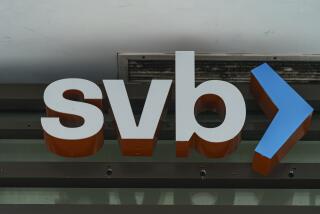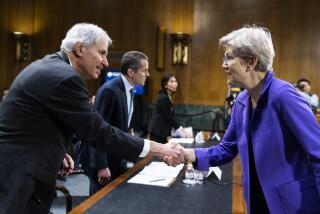Fed orders Bank of America to revise capital plan after stress test

Bank of America must revise its plans for increasing dividends or buying back its own stock, the Federal Reserve has ordered, citing gaps in the bank’s risk planning.
The Fed announced the decision Wednesday as part of its “stress tests” — an annual checkup of the nation’s biggest financial institutions. This year, 31 banks were tested to determine whether they have large enough capital buffers to keep lending through another financial crisis and severe economic downturn.
The central bank is also barring U.S. divisions of two European banks from paying any dividends, saying their planning for financial risks is inadequate. Those divisions belong to Germany’s Deutsche Bank and Spain’s Santander.
The remaining 28 banks can raise dividends or buy back shares.
Bank of America, the second-largest U.S. bank, has until Sept. 30 to submit a revised capital plan. If the new plan is acceptable to the Fed, the bank will be able to pay higher dividends to investors or buy back shares. If not, it will be barred from doing so but will be able to maintain its dividend at current levels.
In the stress tests in 2013, JPMorgan Chase & Co. and Goldman Sachs were required by the Fed to revise their capital plans.
This year, Wall Street powerhouses JPMorgan, Goldman and Morgan Stanley revised their capital plans to reduce their dividend payouts or share repurchases late last week after the initial results of the stress tests.
The notable “pass” among the 31 banks was Citigroup. The bank did not pass last year and Citi Chief Executive Michael Corbat was under tremendous shareholder pressure to make sure that Citi got through. Industry analysts had said previously that if Citi did not pass this time, Corbat could have lost his job.
The dividends and share buyback plans that the Fed considered are important to ordinary investors and to banks. The banks know that their investors suffered big losses in the financial crisis, and they are eager to reward them. Some shareholders, especially retirees, rely on dividends for a portion of their income.
But raising dividends is costly, and regulators don’t want banks to deplete their capital reserves, making them vulnerable in another recession. Buybacks also are aimed at helping shareholders. Reducing the number of a company’s outstanding shares can increase earnings per share.
More to Read
Inside the business of entertainment
The Wide Shot brings you news, analysis and insights on everything from streaming wars to production — and what it all means for the future.
You may occasionally receive promotional content from the Los Angeles Times.










